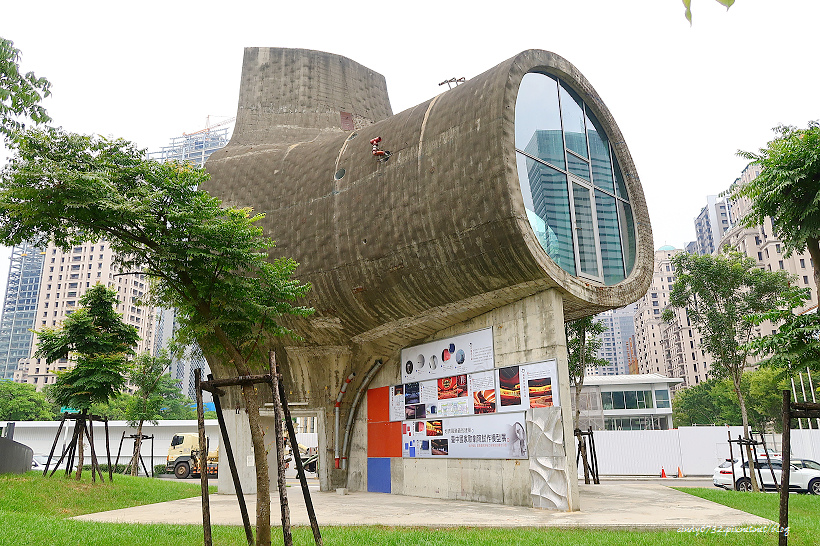2. What is Design Fiction?
What is Prop?
What is Diegetic Prototype?
source: Design Fiction: A Short Essay on Design, Science, Fact and Fiction
Bruce Sterling
ACM Interaction 2009 cover story, Design Fiction by Bruce Sterling
Examples:
Postscape Design Fiction
Core77 Speculative Design
The Solution Printer: Magic Realist Design Fiction
Real-Fictional Entanglements: Using Science Fiction and Design Fiction to Interrogate Sensing Technologies (Biosense Berkeley)
Discussion:
1. What are the differences between Design Fiction and Speculative Design?
(clear fiction v.s. techno-poetic speculation)
2. Aesthetics of speculation: What if an an everyday object is a diegetic prototype of another possible world?
How about science fiction?
also see TEI 2017 student design challenge references:
Watching/Reading List
We encourage wild, obscure references to any kind of sci-fi media. Here’s some our favourite to get you started
- • Vermilion sands [JG Ballard] - Houses with memory, living fashion and sound jewellry.
- • Rainbows End [Vernor Vinge] - Augmented Reality, haptic feedback and silent messages.
- • Snow Crash [Neil Stephenson] - Virtual reality, physical augmentations.
- • Her [Spike Jonze] - computers as people, ubiquitous computing, super AI.
- • Matrix [The Wachowski Brothers] - simulated reality, downloading programs into the brain
- • Blade Runner [Ridley Scott] - Dystopian futures, Androids and AI, replication of beings.
- • Brainstorm [Douglas Trumbull] - physically experiencing somebody else's reality
- • Ghost in the Shell [Mamoru Oshii] - storing memories, accessing brains, replication
- • Diamond Age [Neil Stephenson] - parenting from afar via evolving storytelling
- • Dune [Frank Herbert] - cognitive augmentation
https://tei.acm.org/2017/sdc.php
九龍城寨
EX:
觀察生活周遭, 拍照片表達對照的概念
例如:
未來 vs. 過去, 推測的世界 (what we have the potential to become) vs. 現狀 (what we are)
都市場景, 交通工具, 廢墟/大樓, 生活用品, 信仰, 政治, 國際經濟, 權力, 社會制度, 家庭制 度, 教育, 身體, 運動, 休閒, 品牌, 符號, 文字, 自然環境, 物種....
Reference:
Neuromancer
Part I : Chiba City Blues
"The sky above the port was the color of television, tuned to a dead channel."
神經喚術士
第一部: 千葉市藍調
"港口上空是電視的顏色,電視調至死頻的顏色。"
https://www.youtube.com/watch?v=b1kJI-UvYwQ
https://www.youtube.com/watch?v=NNVbrHjX-xs
Reference:
Design fictions an introduction and provisional taxonomy
by Derek HalesNeuromancer
Part I : Chiba City Blues
"The sky above the port was the color of television, tuned to a dead channel."
神經喚術士
第一部: 千葉市藍調
"港口上空是電視的顏色,電視調至死頻的顏色。"
https://www.youtube.com/watch?v=b1kJI-UvYwQ
https://www.youtube.com/watch?v=NNVbrHjX-xs

